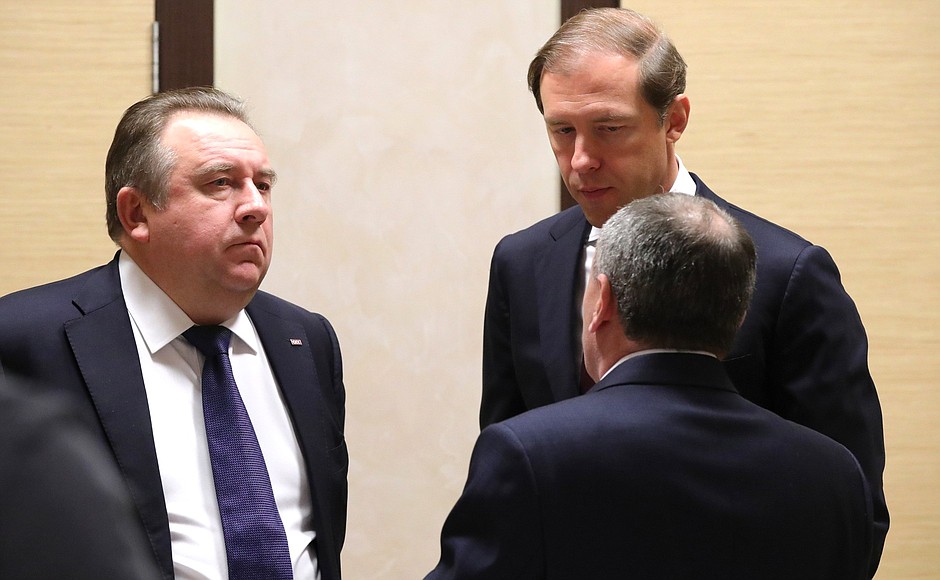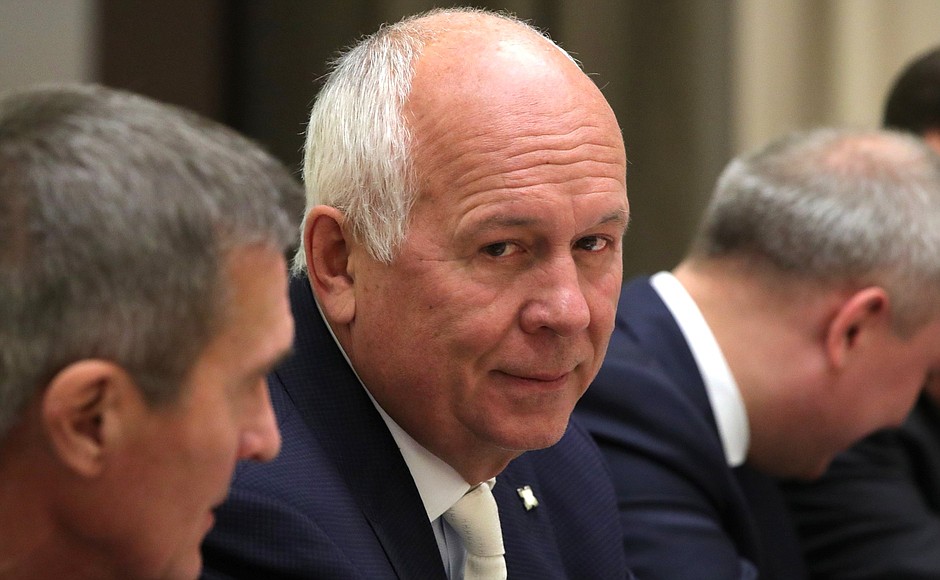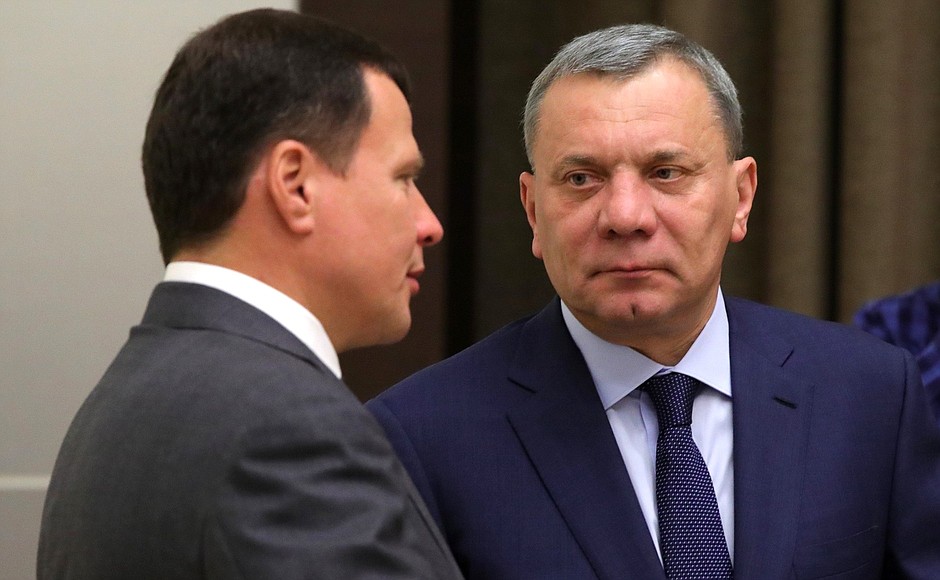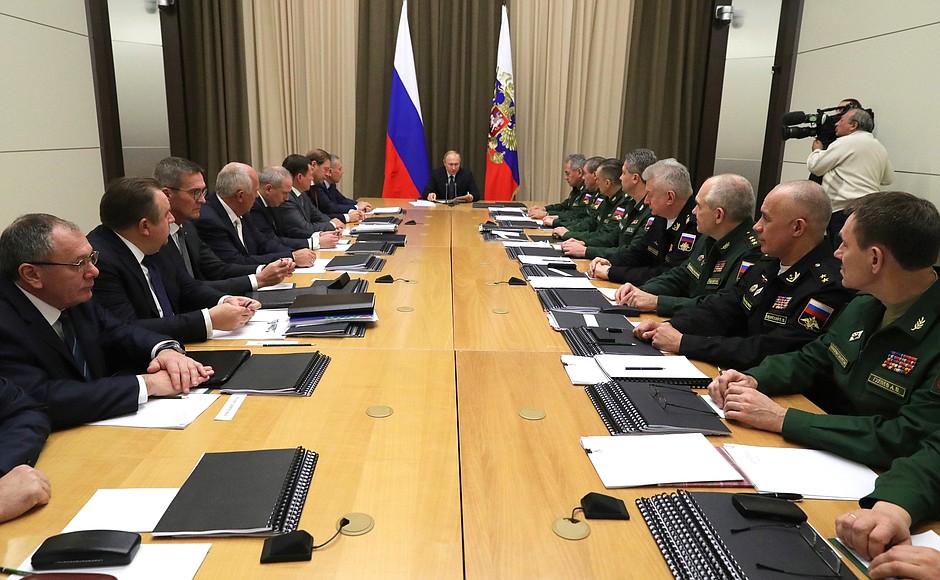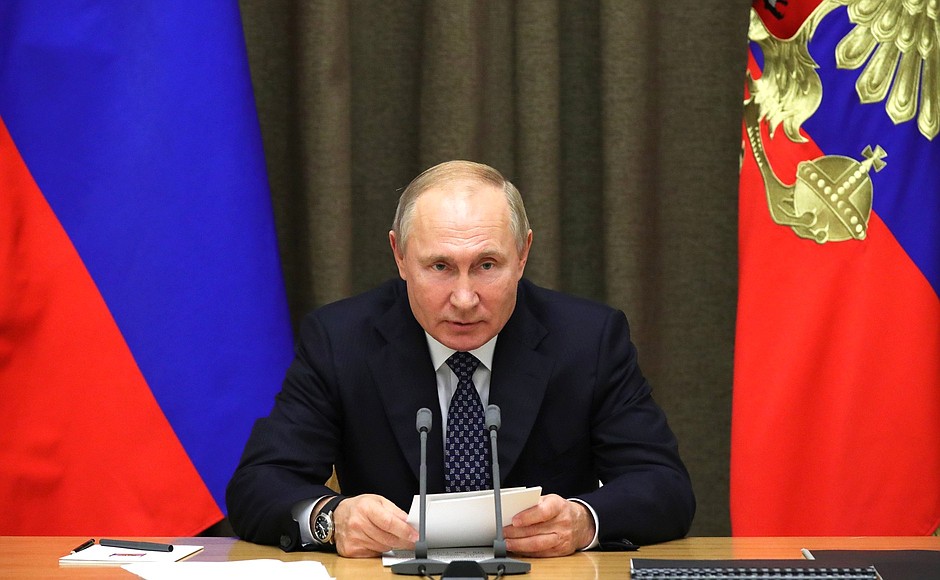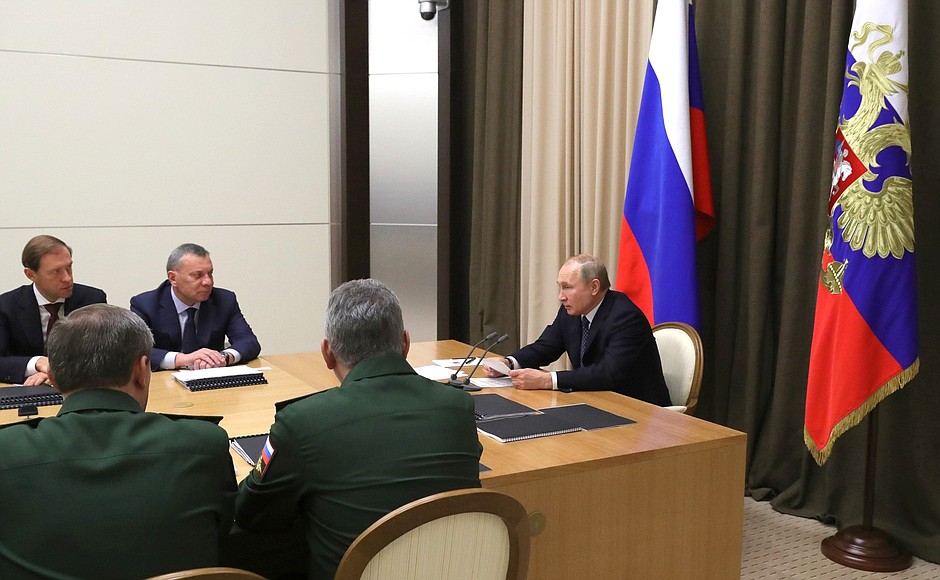President of Russia Vladimir Putin: Good afternoon, colleagues.
We are continuing our series of meetings here in Sochi and today we will discuss issues of the implementation of the state defence order for the Navy.
But before we get down to work, I would like to draw your attention to the fact that the NATO summit is being held in London on November 3–4. It is devoted to NATO’s 70th anniversary. Let me recall that it was established on April 4, 1949 as a major component of the unfolding Cold War and in opposition to the Soviet Union.
The Soviet Union does not exist any longer and there is no Warsaw Pact, either. The military pact was set up in response to the creation of NATO but today NATO not only exists but is continually being developed. It was created with 12 states and now includes 29 countries. The aggregate military expenses of its members exceed 70 percent of the world’s total military spending.
Needless to say, the bloc mentality stereotypes of the past cannot be a good instrument for searching for and adopting effective decisions in the rapidly changing conditions of the modern world.
At the same time, as you know, we have repeatedly expressed our willingness to cooperate with NATO for jointly countering real threats, such as international terrorism, local armed conflicts, and WMD proliferation. We have repeatedly taken steps to meet the alliance halfway and offered it a positive agenda. We held a number of joint events but after 2008 cooperation was actually curtailed because the alliance’s actions towards Russia were inappropriate, if not blatant, and didn’t take into account Russia’s interests. Nevertheless, I hope that the interests of common security, as well as the stable and peaceful future of the planet will still prevail.
Right now we have to proceed from the fact that NATO’s expansion, the development of its military infrastructure near the Russian border, pose a potential threat to our national security. Therefore, coming back to this meeting’s agenda, I would like to note that the technical overhaul of the Russian Armed Forces has been and will remain the focus of our closest attention.
Under the state defence procurement order, this year the Navy will receive over 480 major models of arms and equipment. They include two submarines, 23 surface ships and logistics vessels, three aircraft, four coastal missile systems and more than 400 units of various missile and torpedo weaponry.
The strategic naval nuclear forces are being re-equipped with state-of-the-art nuclear powered Borei class submarines with Bulava ballistic missiles. The Borei-A flagship submarine, Knyaz Vladimir, is in the final stage of its state trials. Four more submarines under this project are in development.
As concerns the Russian Navy’s strategic non-nuclear forces, the core fleet consists of ships carrying the Kalibr high-precision long-range missiles. As you know, these missiles can hit targets as far as 1,500 km away. Fulfilling the State Armament Programme will allow us to double the number of these missiles by 2023.
The Navy is increasingly being expanded with open ocean vessels. Nine surface ships of this type are currently under construction. Overall, modern weapons account for about 68 percent of total Russian Navy armaments.
Once again, we will continue to develop and upgrade the Navy, making it highly efficient and suitable for open-sea operations. I would like to ask the senior officials of the Defence Ministry, the Ministry of Industry and Trade as well as senior executives in the defence industry to report on the priorities of this work.
Let’s begin.
<…>
